In part 3 of our low carb list we will look at the carb count of other foods. Here we have the higher carb foods plus miscellaneous items that may or may not be low in carbohydrates.
Fruit
There are no sweet fruits with a net carb count under 5g per 100g. Raspberries, strawberries and blackberries are lowest (around 5.5g net carbs per 100g). Melons, including watermelon, have around 8g.
Most other fresh fruits are in the 10g – 20g net carb range, with bananas the highest. Dried fruits are much higher.
Grains
Unfortunately, there are no grains that make it onto the low carb list. Wheat, corn, rice, millet, barley, oats, rye, buckwheat (kasha) and quinoa are all high carb. They have around 60g – 80g net carb per 100g dry uncooked , or 20g – 30g net carb per 100g cooked. That is around 50g carbohydrate for a cup of cooked rice.
Anything made from grains will also be high in carbohydrates. This includes bread, pasta, couscous, popcorn, rice cakes, etc.
Alcohol
Whiskey, vodka, rum and gin are distilled spirits, which are virtually zero carbohydrate (until you add mixers).
Wine has around 3.7g carbohydrate per 5 fl oz serving (2.5g per 100 ml).
Regular beer has about 10g carbohydrate per 10 fl oz serving (3.6g per 100 ml). Light beer has around half of that.
Herbs And Spices
Most herbs are made from green vegetables so they can be included on your low carb list. Spices are often made from ground seeds and can be higher. Usually you would not use them in large enough quantities to cause a problem but check labels and count the carbs in your daily total.
Packaged And Processed Foods
When buying packaged and processed foods, always check the label for the nutritional information. In the USA and Canada, carbohydrates shown on labeling include fiber. Fiber is not digestible, so this can be subtracted from the carbohydrates to arrive at the net carbs of the food.
In most other countries including the UK, other EU nations and Australia, carbohydrates shown on labeling are already net of fiber so you should not subtract anything.
If you are not sure how this is done in your country, look on a food label to see whether the fiber is right under the carbohydrates and indented (you should subtract it) or somewhere else on the label, not associated with the carbohydrates (you should not subtract it).
There’s another thing about American food labeling. In the USA, food labels are allowed to show 0g carbohydrate for anything under 0.5g, so for example eggs can be labeled 0g carbohydrate although they are not zero carb. These small amounts can add up. Online nutrition sites such as Fitday will have a more accurate count. However, this is not an issue in most other countries, including Canada, where food labels are accurate to the nearest 0.1g.
All of this information may seem complicated if you are new to low carb dieting. Most of us are so used to thinking about calories, it is hard to just forget about calories and start thinking carbs instead. However, you will probably be surprised how fast you come to have a feeling for which foods are likely to be low carb. To speed up this process, it is important to count your carbs accurately at first and make your own low carb list of your favorite foods.

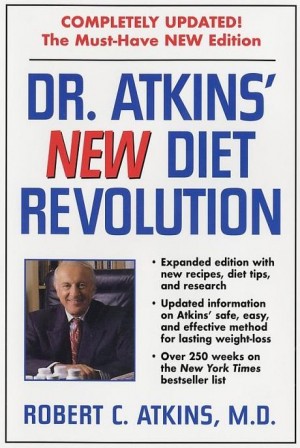
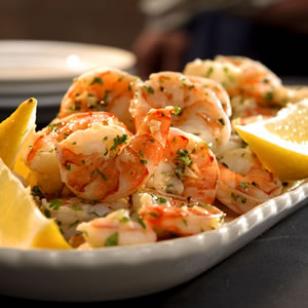
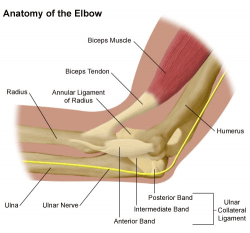
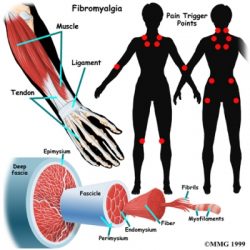



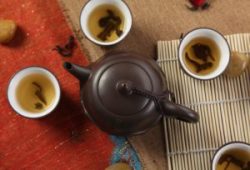

Thanks a lot for this informative and educative post. This will help people know the kind of food to feed on and the health benefits that go with them.
A knowledge about the kind of food we consume helps to prevent so many health related problems earlier than spending a lot of many curing them. I truly enjoyed reading this post. Well done Sir!
healthylivingwomen.blogspot.com